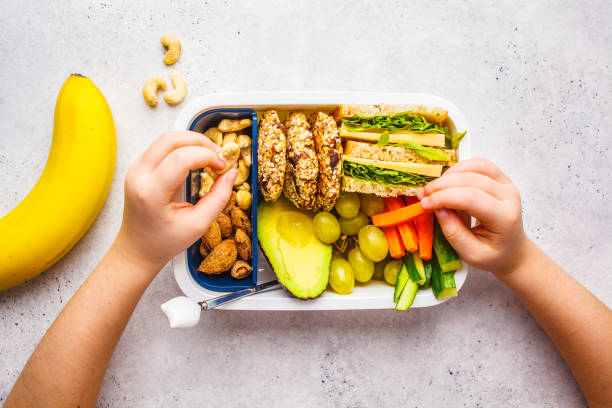Carrot Nutritional Benefits
Carrotscome in different shapes and sizes: the traditional long, tapered ones and short stubby ones. Carrot nutritional benefits contribute to speed healing when used in raw juices. The juice contains powerful antioxidants that are extremely useful in treating illness, like cancer, anemia, high blood pressure and depression. This bright orange, easy-to-grow vegetable is a good source of beta-carotene which the body converts to vitamin A. Carrot juice promotes the desire to eat and helps in the digestion of food. Carrots belong to the Umbelliferae family, as do Parsnips, Dill, Cumin, Fennel and Caraway.
Carrot Nutritional Benefits
- Builds healthy skin, protects the eyes
- Keeps hair and nails in good condition
- Helps keep diabetes away by regulating the blood sugar
- Good for heart disease prevention
- Protects against cancer
- Improves the quality of breast milk
- Carrots contain Vitamin B-complex, Vitamin C, Vitamin D, Vitamin E and Vitamin K
- Provides Calcium, Phosphorous, Iron, Sulphur and Copper
- A carrot a day keeps diarrhea away
Tips on harvesting and cooking Carrot
- Give carrots a good twist when pulling them out the ground.
- Cut off the leaves right away, they draw moisture and nourishment out the roots.
- Carrots are a versatile cooking ingredient that can be used in soups, stew and cakes, juiced.
- Carrots can be a substitute for potato fries.
Recipe using Carrots
Carrot salad
- 1 bunch of carrots
- 1 large mango or the juice of 2-3 oranges
- Cumin or fennel seeds
Grate up the whole bunch of carrots. If using mango, peel and grate and add. If using orange, squeeze the juice and add to the carrots.
Crush a few cumin or fennel seeds and add. This makes a delicious salad with any meal.
How to Grow Carrot for maximum nutritional benefits
- Loosen the soil up with a fork, so that the carrots can move down into the soil easily before you plant.
- Dampen the soil before you put the seeds in.
- You need to make little drills no deeper than 2cm to plant carrot seeds.
- Once you have added the seed, pat down well and give a light sprinkle of water.
- Carrot seeds can be mixed with radish seeds and sand, then planted together.
- Radish is quick growing and when the radish is ready to be picked, the carrots seedlings will be standing up strong and ready, having enjoyed protection, to really push into the soil.
- Generally the seedlings will come up in bunches and be very close to each other.
- You need to thin the Carrot seedlings out by removing a few of them, so that they are not too close to each other.
- After 6- 8 weeks, you will be get baby carrots, which are a treat to eat.
- If you neglect to do the thinning, the carrot roots will twist around each other, and not produce well.
This happens in stages every few weeks.
Companions of Carrot
Carrot likes to be planted near to Chives, Dill, Flax, Lettuce, Leek, Onion, Parsley, Pea, Rosemary, Sage and Tomato.
Carrot does not like growing near Cabbage, Fennel, Kohlrabi and Potato.
Remember to wash the vegetables well, keeping the skin on to absorb the nutritional value and roughage. Also keep in mind that the carrot nutritional benefits sustain long storing periods, up to 6 months when stored properly.




